(November 30, 2022) The official page of Rakesh Khurana on the Harvard College website describes him as “Not just a Dean, but a friend”, adding, “When Dean Khurana walks into a room, the energy shifts to a more positive, welcoming environment. Khurana, a former Faculty Dean of Cabot House, exemplifies the mission of Harvard College; he transforms the lives of students daily through the connections he makes and the photos he posts on Instagram.”
The Dean of Harvard College Rakesh Khurana – an award-winning teacher and widely recognised scholar – has pioneered several changes in the modern education system to make it more inclusive and fun. His innovative methods in pedagogy and practice adaptability have made him one of the favourite teachers of his students.
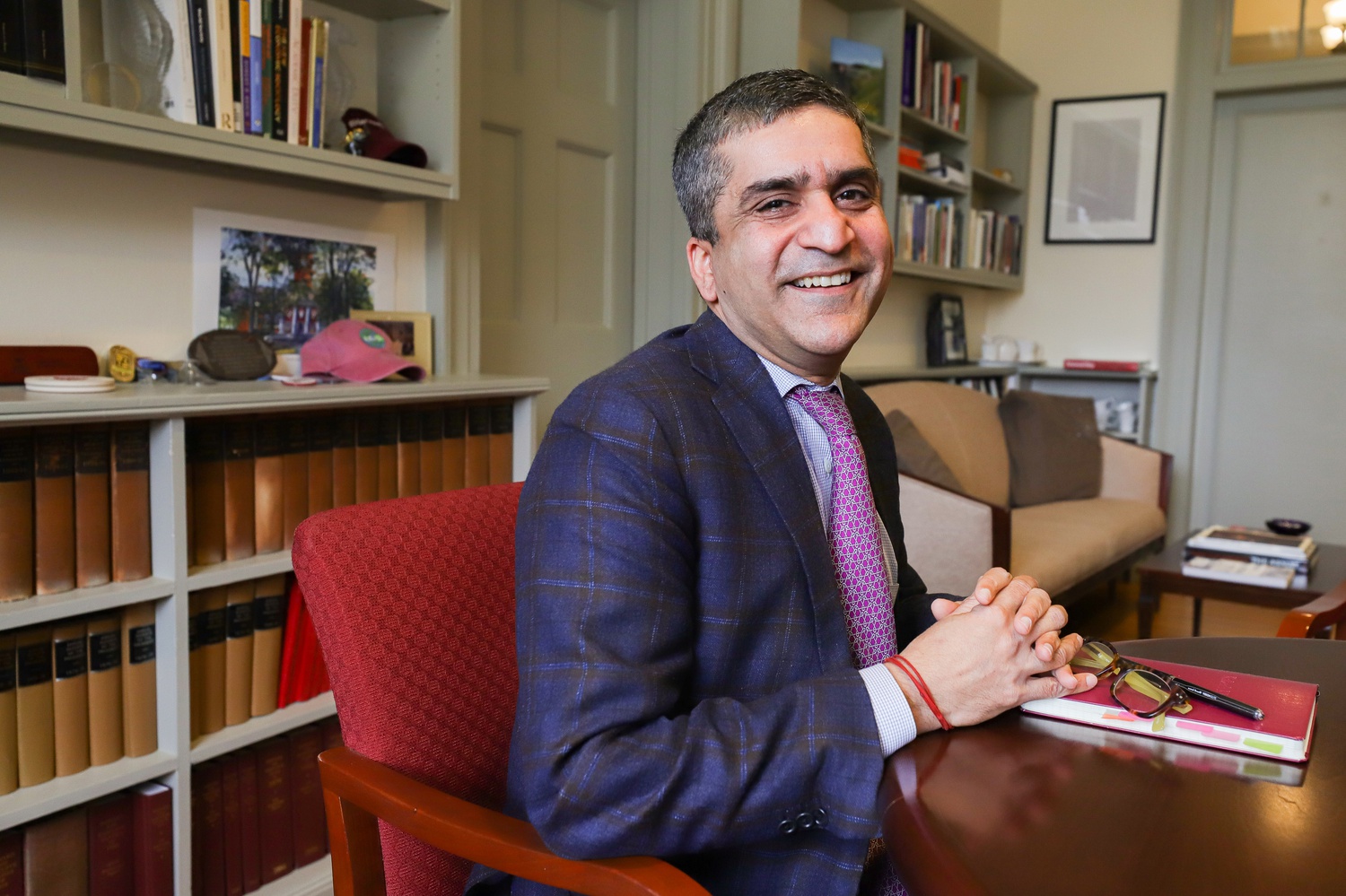
Dean Rakesh Khurana
“The faculty needed to act to create a psychologically safe environment for engagement,” Dean Khurana had said during an education conference, adding, “Where silence was not interpreted as agreement, where there was no pressure to behave simply to create unanimity, and where people were not judged for raising ideas before they were fully formed.” Deeply involved with undergraduates’ daily lives outside the classroom, this Global Indian is changing the way educational institutions work, giving the mundane experience a more humane touch.
A man of knowledge
While not much is known about his childhood, Dean Khurana shared that his family moved from New Delhi to Queens, New York when he was just a toddler. Brought up in the largest of the five boroughs of NYC, the young kid was sharp and very observant of human behaviour, and that is what led him to pursue a bachelor’s degree in industrial relations from Cornell University. He later earned an MA in sociology from Harvard and his Ph.D. in organisational behavior through a joint program between the Harvard Faculty of Arts and Sciences and Harvard Business School in 1998.
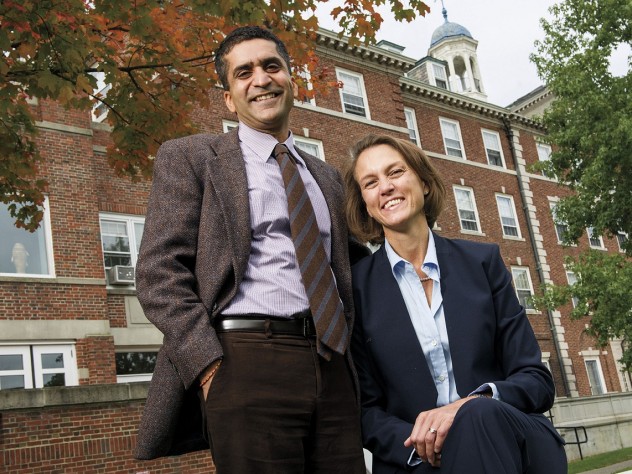
Rakesh and Stephanie Khurana at Cabot House
Since a young age, Dean Khurana was interested in pursuing a career in the field of education. And soon after he earned his doctorate, he became the founding team member of Cambridge Technology Partners and from 1998 to 2000 he taught at the Massachusetts Institute of Technology. After spending a decade at MIT, Khurana and his wife Stephanie were named master and co-master of Cabot House at Harvard University, and the couple still holds the position.
Later the same year Dean Khurana became the Marvin Bower Professor of Leadership Development at Harvard Business School and professor of sociology in the Faculty of Arts and Sciences. “Most of the significant challenges and opportunities we face in the world are not things that anybody faces alone. They require building a foundation of trust and understanding, while also finding common ground with others. It’s hard for me to separate students, faculty, and administration — and while I know different people play different roles, ultimately I believe we are all ‘Harvard’. How we work together and how we share our diverse perspectives have led to a deeper understanding of each other. This type of capacity-building has been central to creating a supportive and diverse living environment where students can safely embark on their journey of intellectual transformation,” the Dean had told Legal Desire magazine when asked about why he includes his students’ opinions for every small decision.
At the helm of Harvard
In 2014, Rakesh became the Dean of Harvard College. In his announcement, former Dean Michael D. Smith said, “Khurana brings to the deanship an intimate understanding of the Harvard College experience, a profound commitment to the values of a liberal-arts education, and a warm and compassionate personality that accompanies his belief in the importance of community and an inclusive approach to decision-making.”
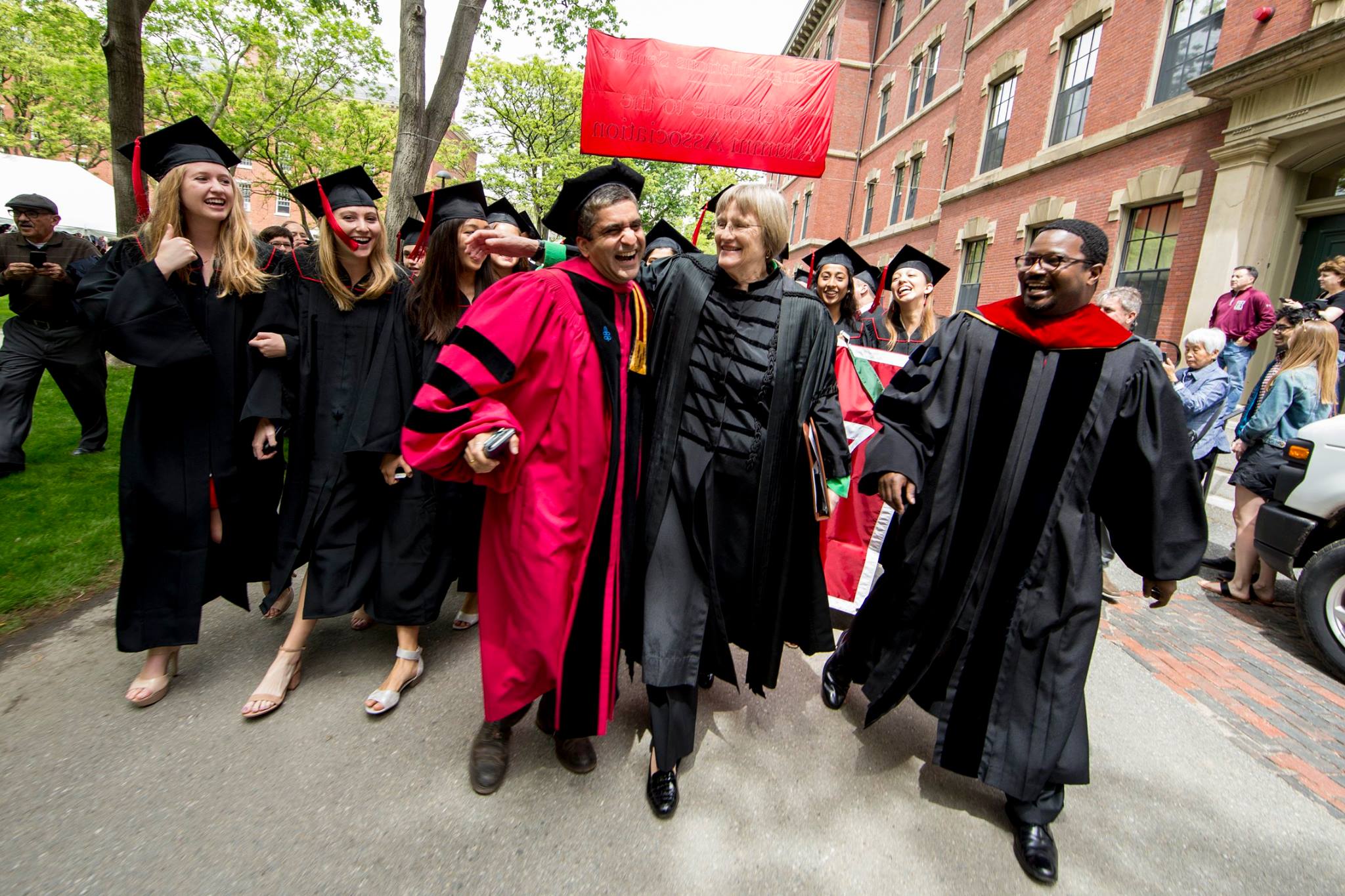
Harvard University President Drew Faust greets Dean Rakesh Khurana at a recent graduation ceremony
But, even when the students and faculty members were gearing up to welcome their new head, Dean Khurana was working on college policies to ensure that diversity and inclusion at Harvard. “Our diversity is our strength. To me, diversity of intellectual thought, which is deeply enriched by people who bring different cultural perspectives and lived experiences, is what is most valued here at Harvard College. We are educating our students to be citizens and citizen-leaders in one of the most diverse societies in the world, one that is becoming even more diverse, and the challenge for the American experiment — the challenge for the global experiment — is how we continue to thrive in that world, rather than retreat into tribalism, conformity of values, and closed-minded thinking,” the dean had said during one of his initial speeches at the University.
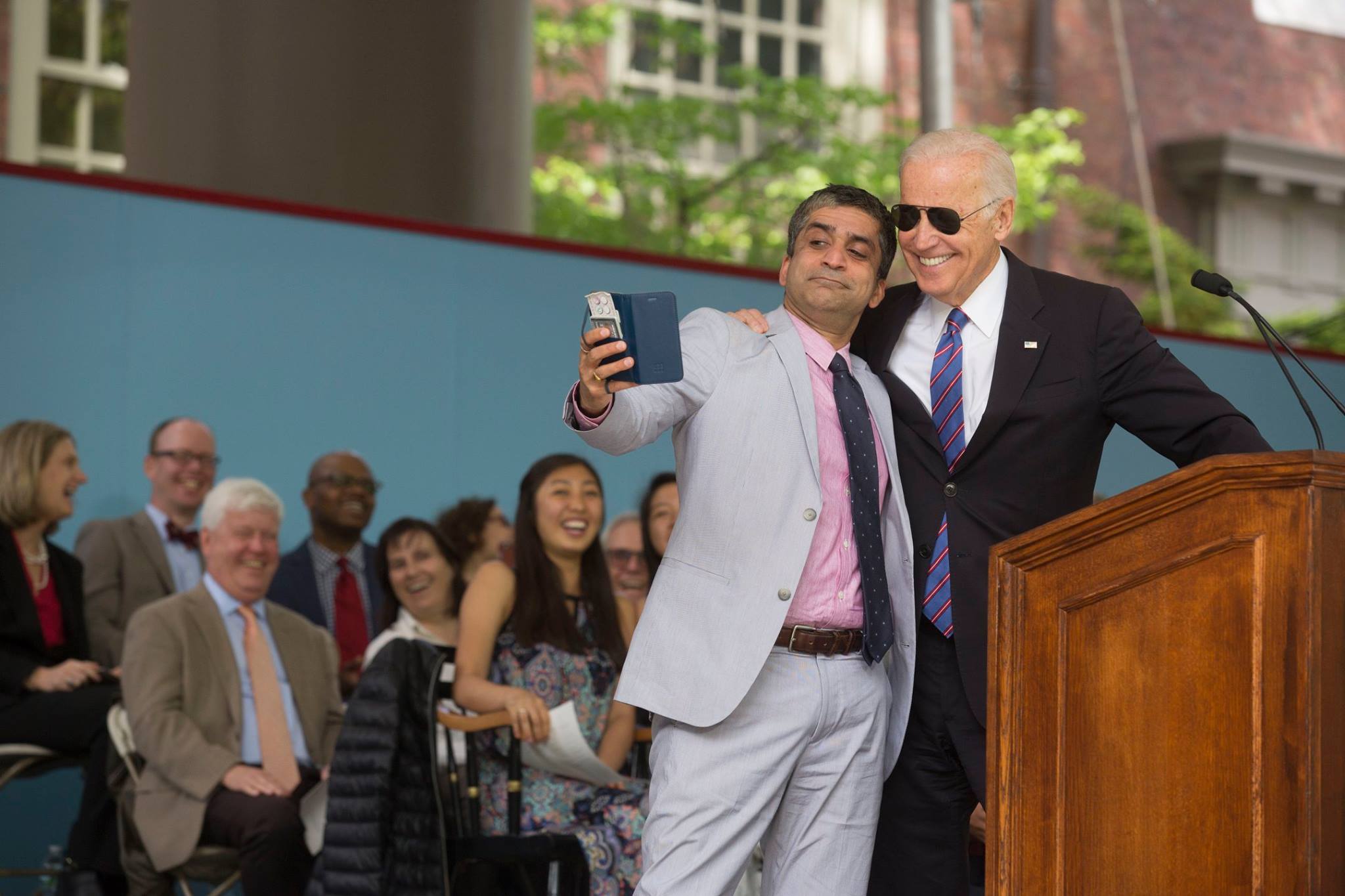
Dean Khurana with President Joe Biden
A strong leader, and a dear friend to his students, Dean Khurana has been working hard so that Harvard students and faculty members find the opportunities to ensure the mission of the college is accomplished in a way that is both consistent with its values and meaningful within the current educational landscape. Even during the global pandemic, when other educational institutions were struggling, Harvard, under Dean Khurana’s leadership, reported increased levels of participation among their students by the third week of online classes.
“Leadership, ultimately, is the ability to be comfortable with being uncomfortable,” adding, “It’s the willingness to adapt and change to circumstance, but be steady in your values,” the dean believes.


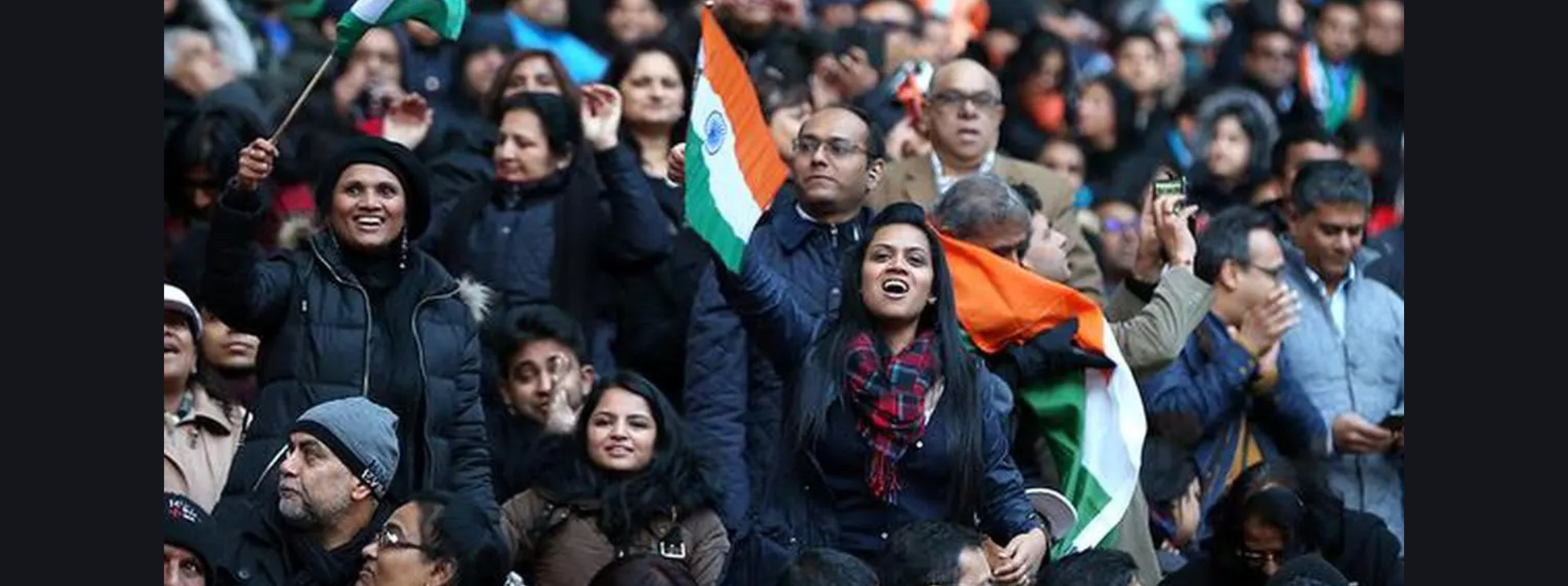
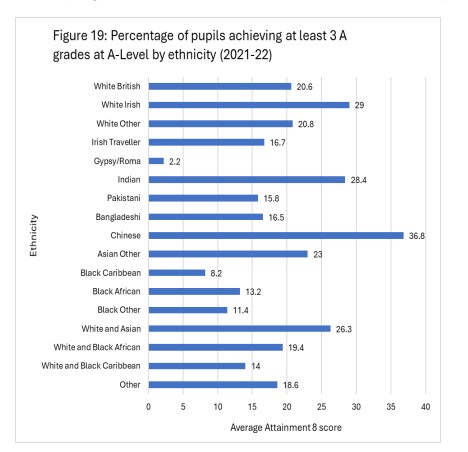
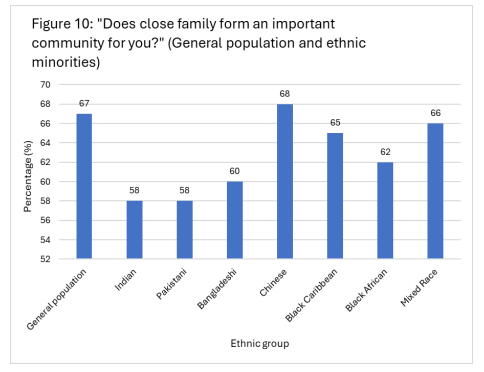 Data: Policy Exchange[/caption]
Data: Policy Exchange[/caption]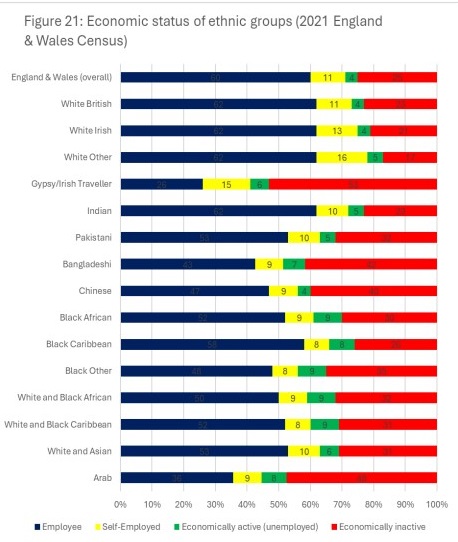
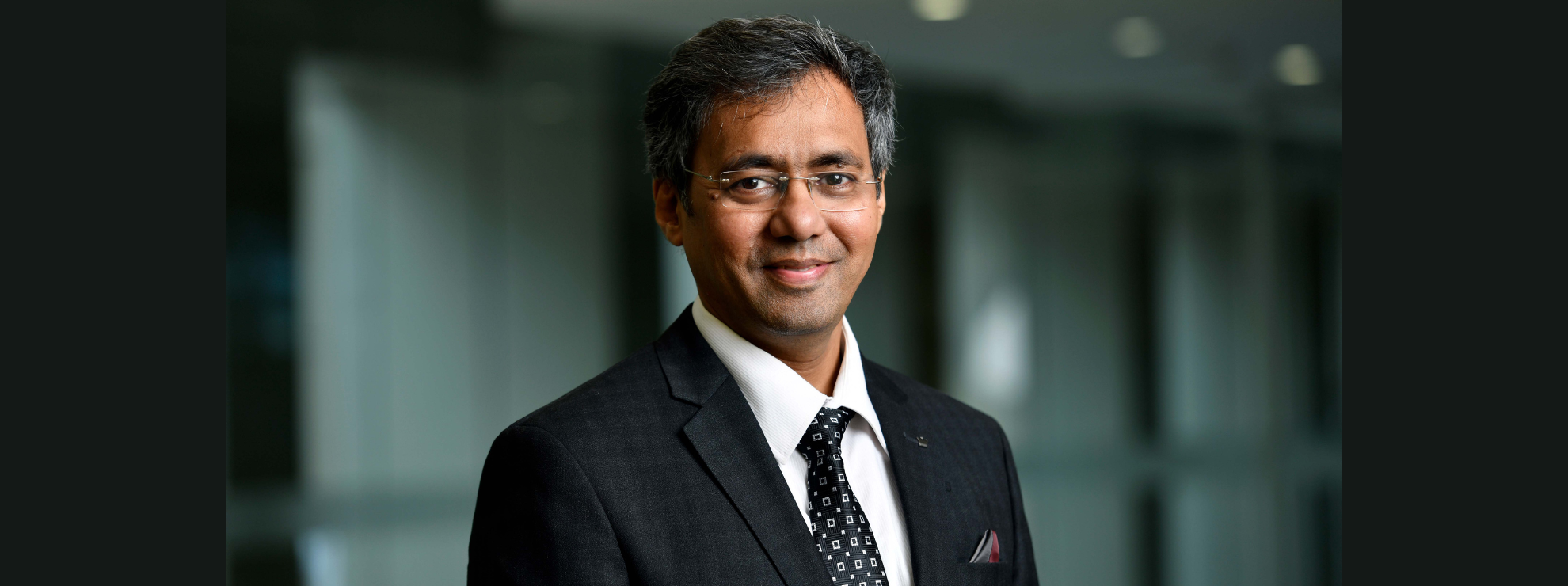



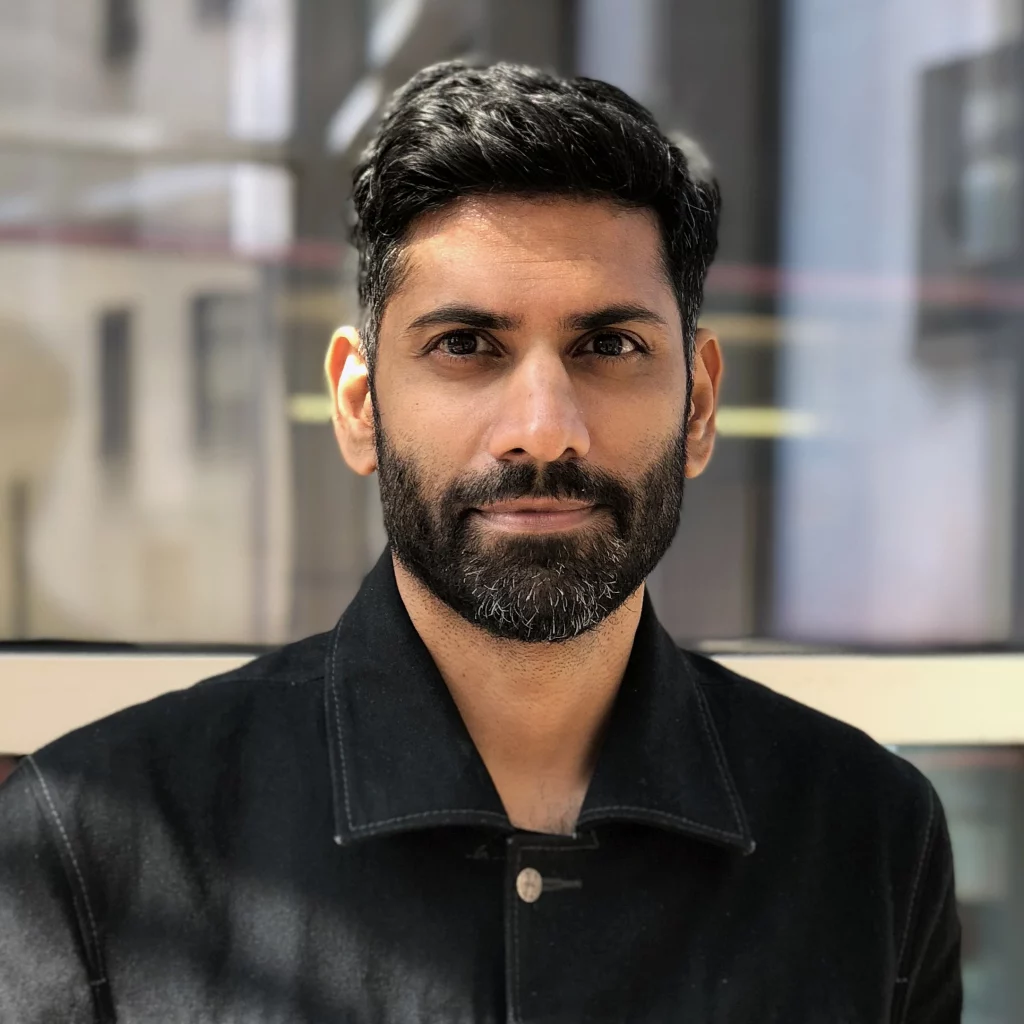 Shivdev Rao[/caption]
Shivdev Rao[/caption]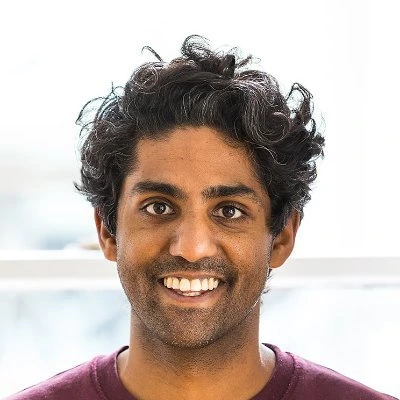 Tuhin Srivastava[/caption]
Tuhin Srivastava[/caption]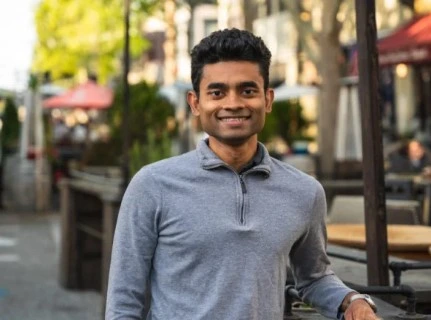 Varun Mohan[/caption]
Varun Mohan[/caption] Arvind Jain[/caption]
Arvind Jain[/caption]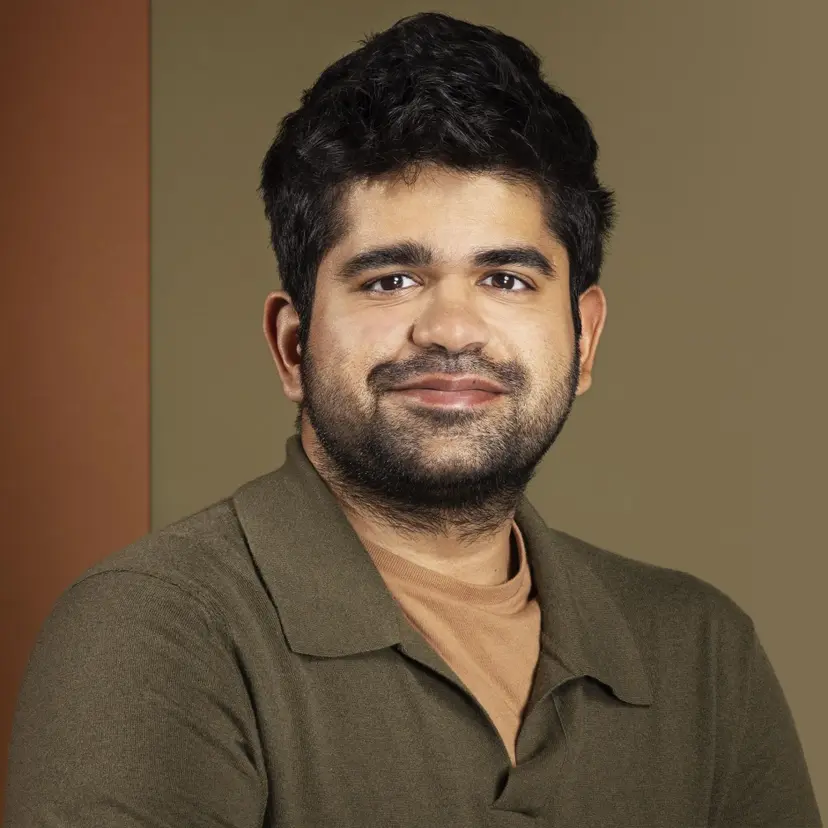 Aravind Srinivas | Perplexity AI | Forbes AI 50 List[/caption]
Aravind Srinivas | Perplexity AI | Forbes AI 50 List[/caption]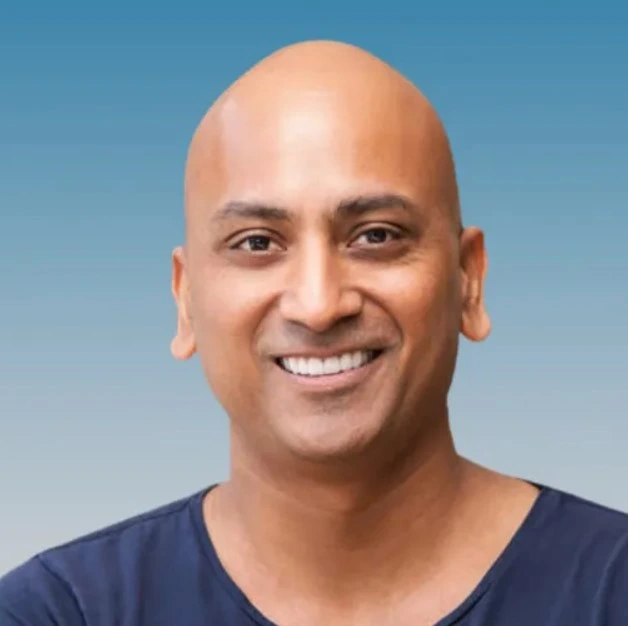 Vipul Ved Prakash | Together AI | Forbes AI 50 List[/caption]
Vipul Ved Prakash | Together AI | Forbes AI 50 List[/caption]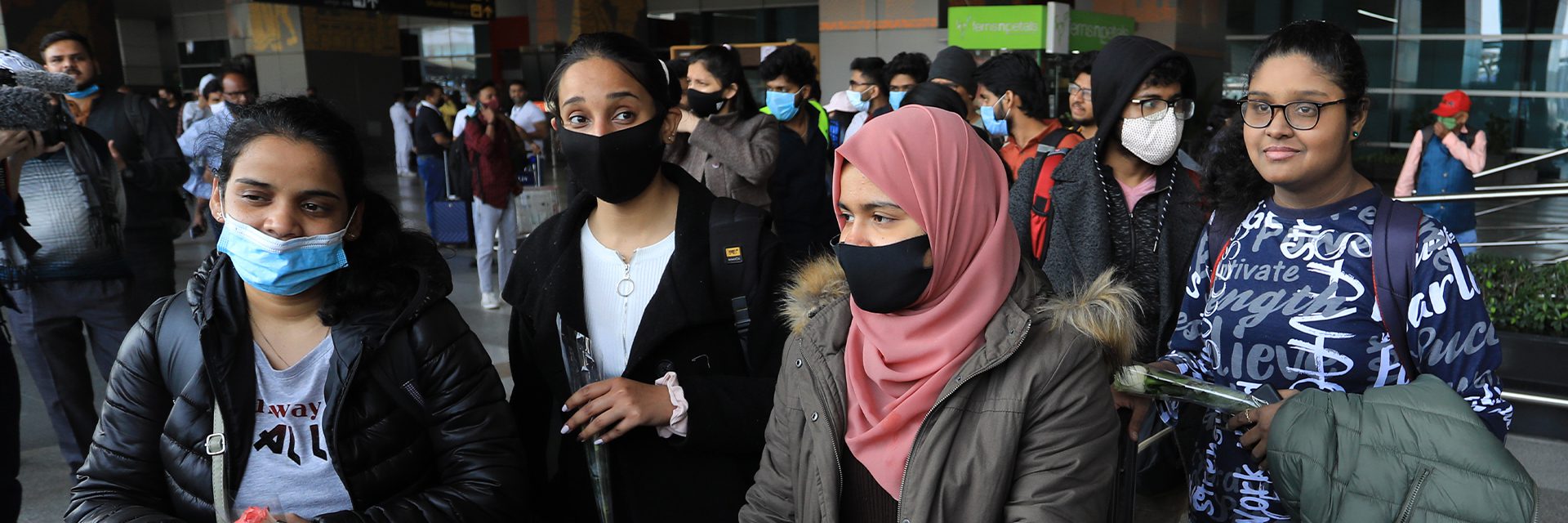
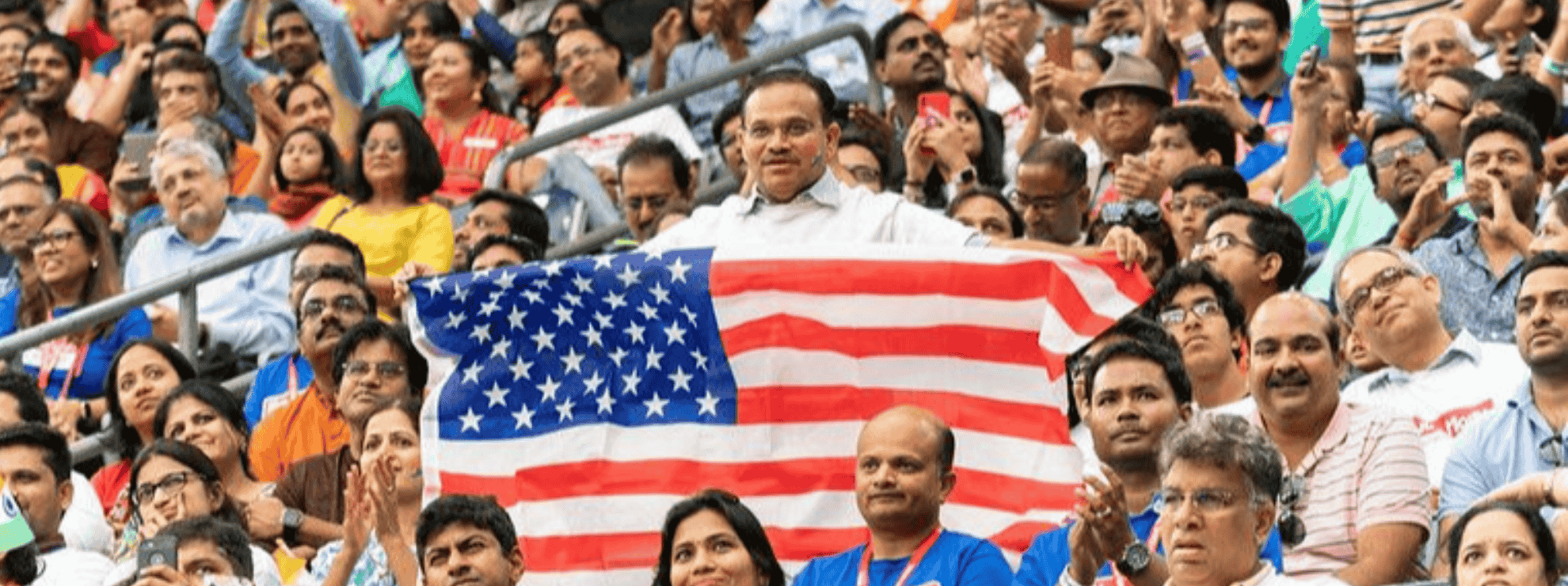
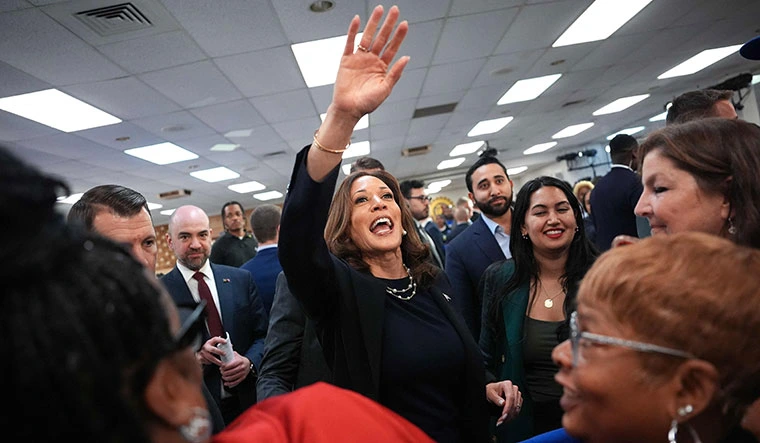
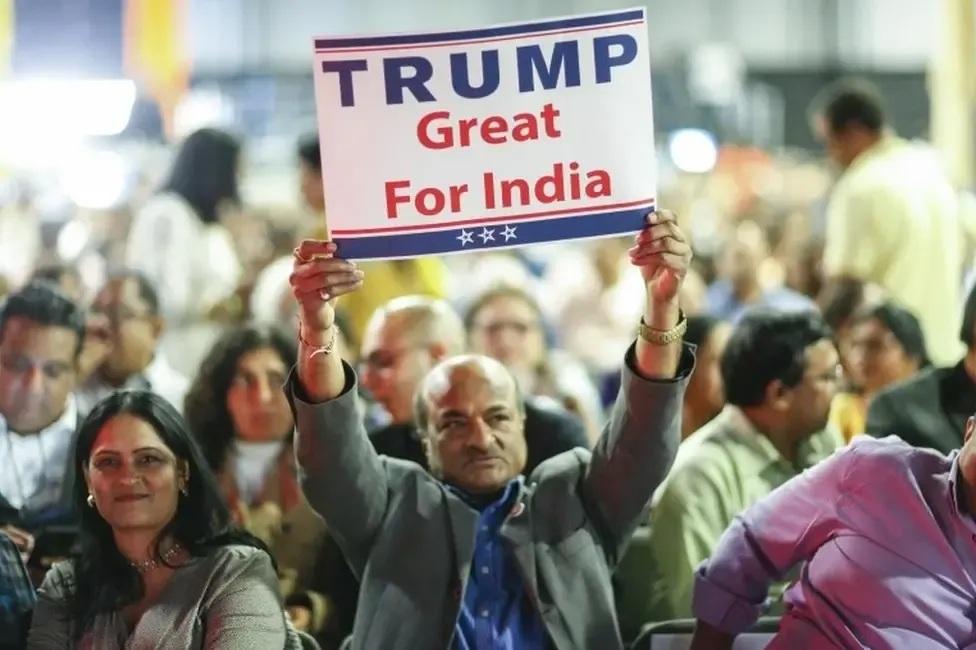 Photo:
Photo:
Hello! I was thoroughly impressed by this blog post. Your depth of knowledge and ability to convey complex ideas in a simple manner is commendable. Thank you for shedding light on this topic. I’m looking forward to exploring more of your blog in the future.
Hello! I wanted to drop by and say that I really enjoyed this blog post. Your writing is always so clear and concise, and you have a talent for making complex topics easy to understand. Thank you for sharing your insights with us. I’m looking forward to your next post!